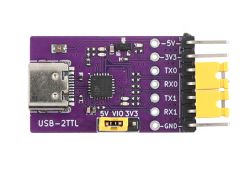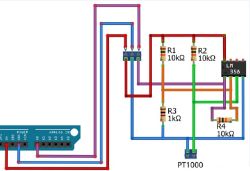Code: JSON
Let's start with some product pictures:
My plug is advertised on a favorite Chinese online marketplace as a "Tuya European Graffiti Wifi Smart Socket Mobile Phone Timing Remote Control 16A with Electricity" -whatever that means. It comes with this ad:
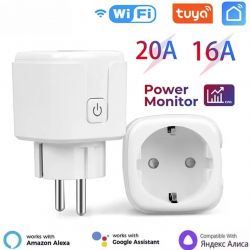
A couple of more pics I took:
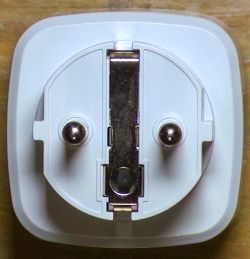
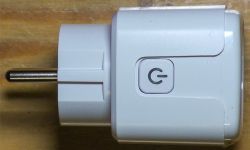
On the insides you can see that contrary to other similar plugs, this one does not have a module, just a simple chip:
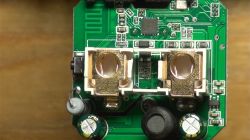
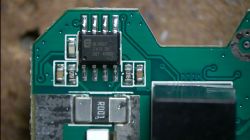
Finally, here is the config that works for me:
Code: JSON
If you are interested in further details on how I got to all of this above, I invite you to my blog where I have a detailed walkthrough to help you with the conversion.



